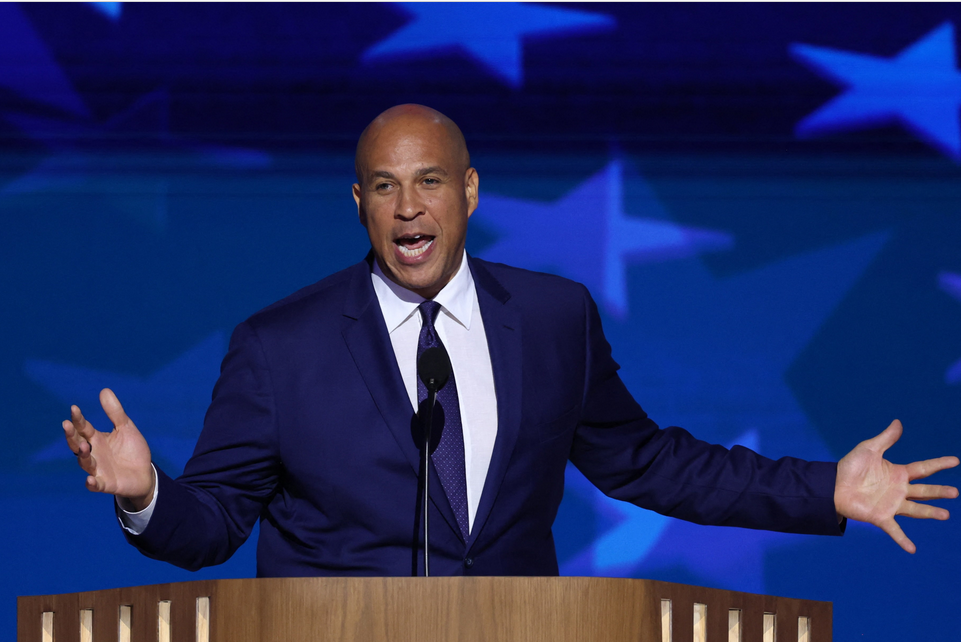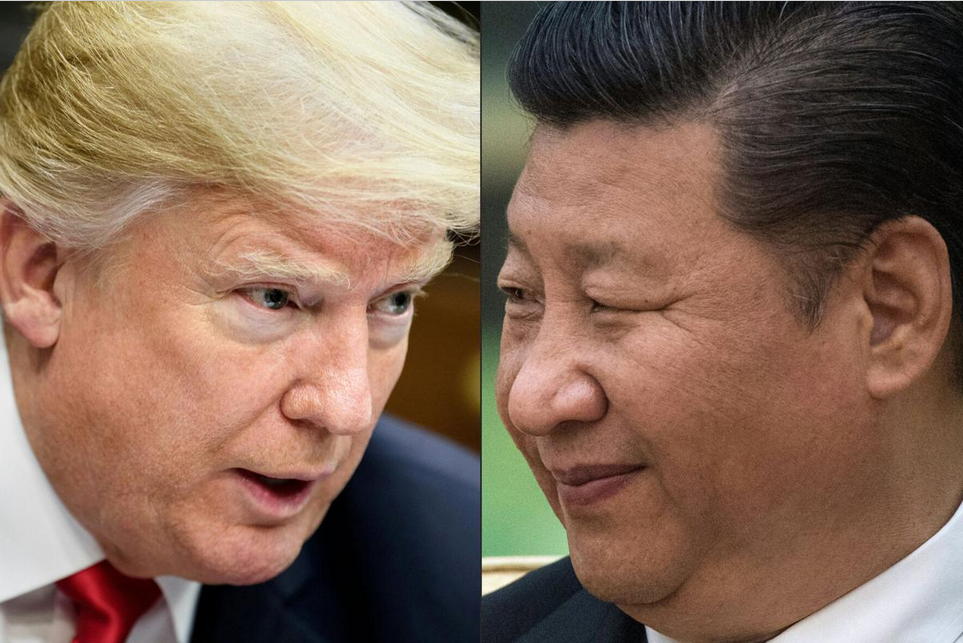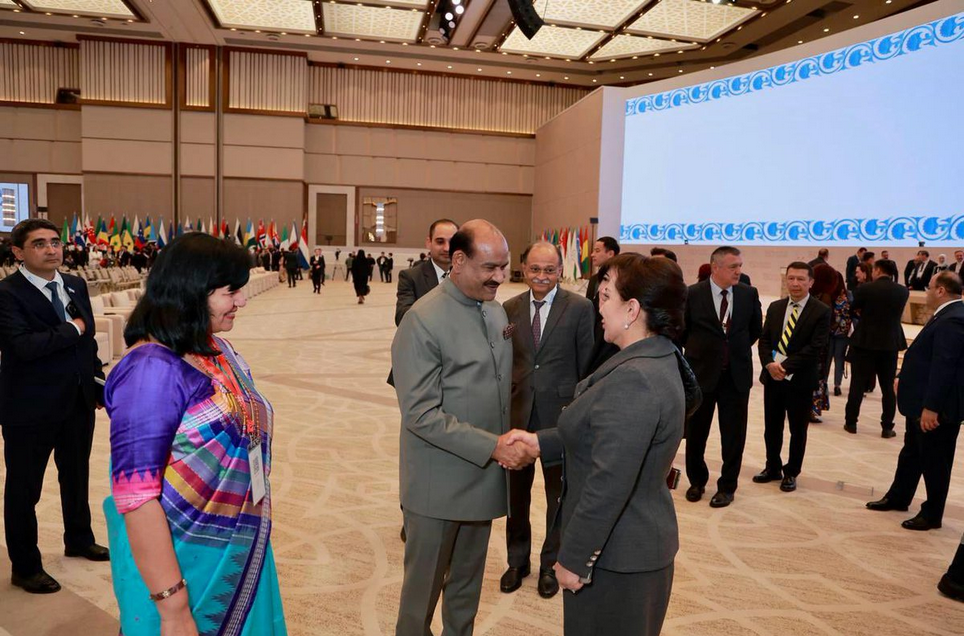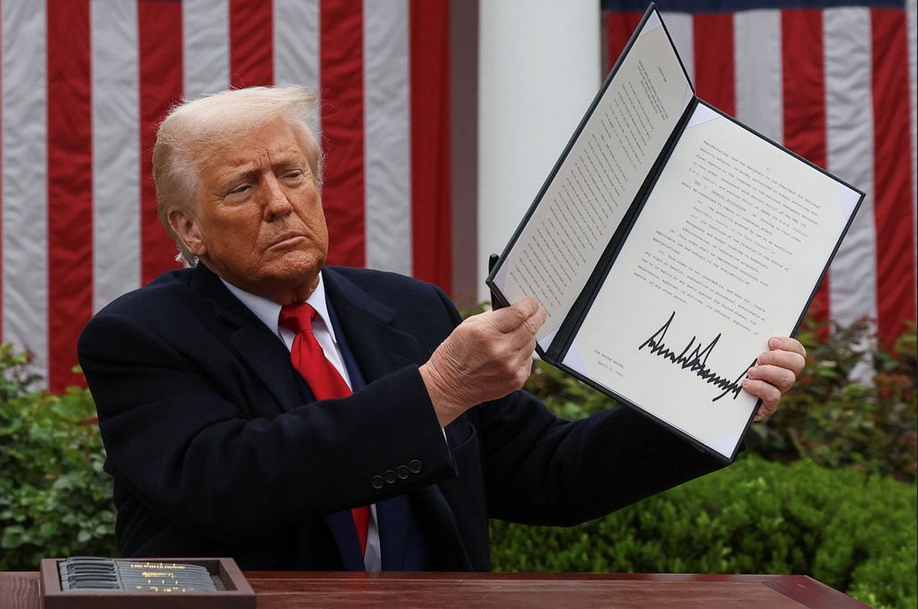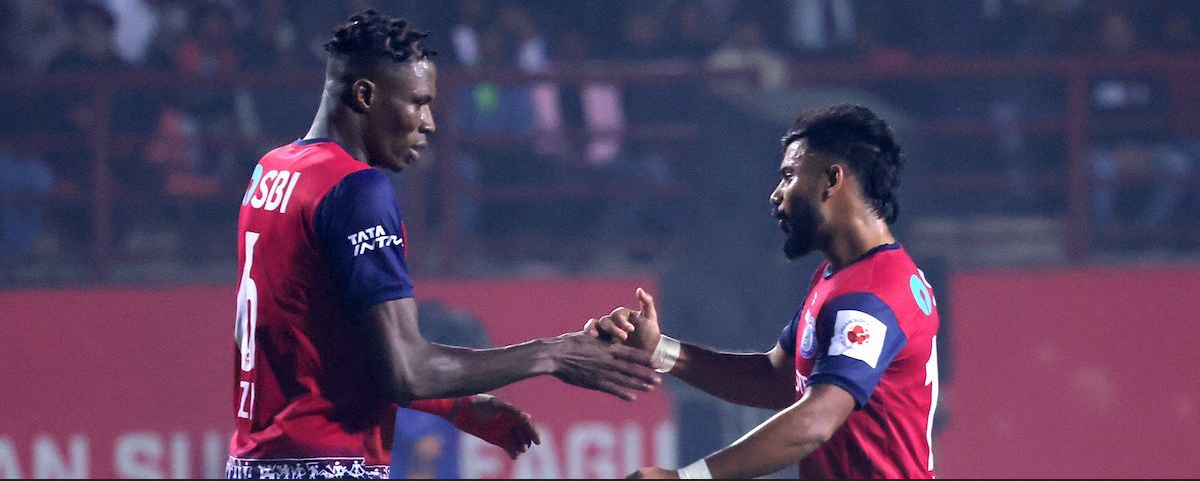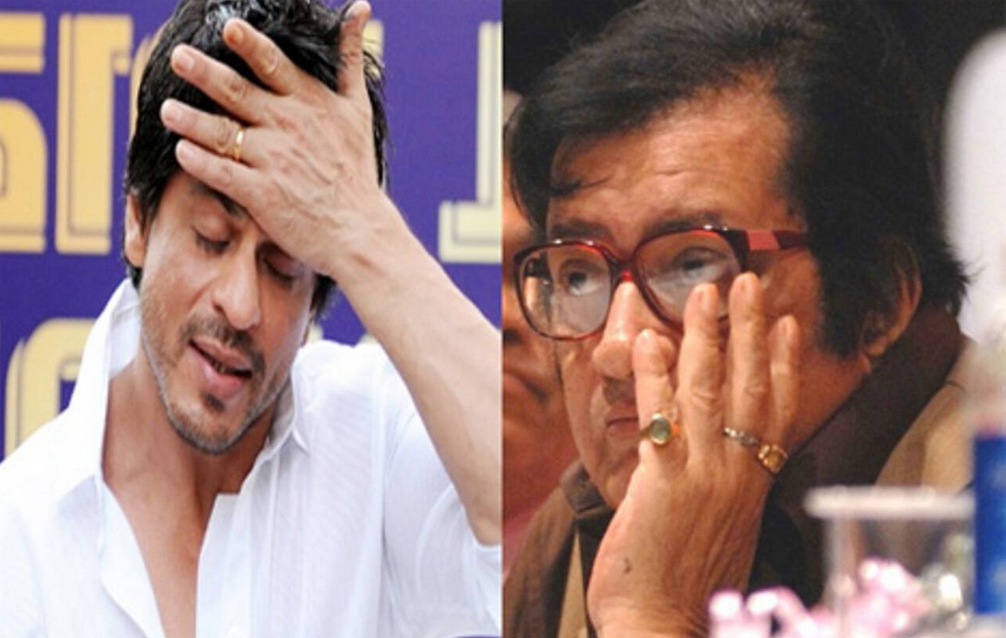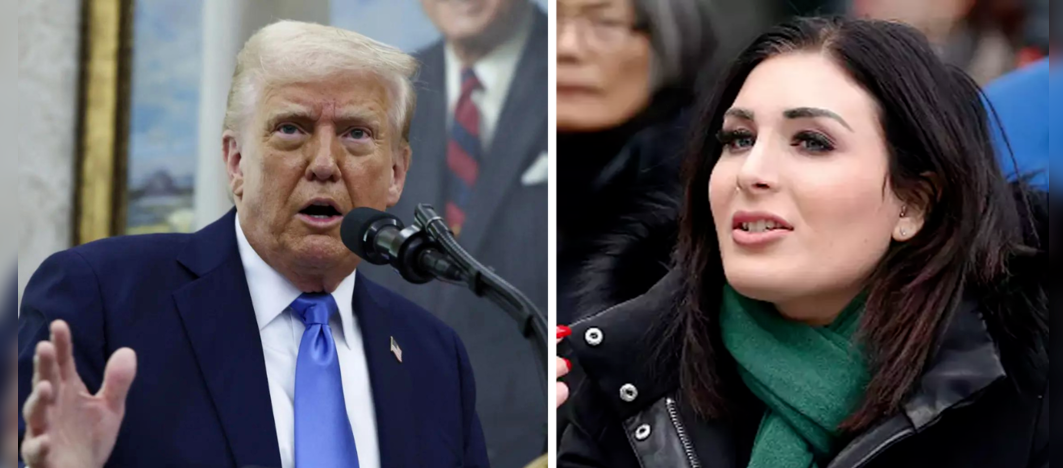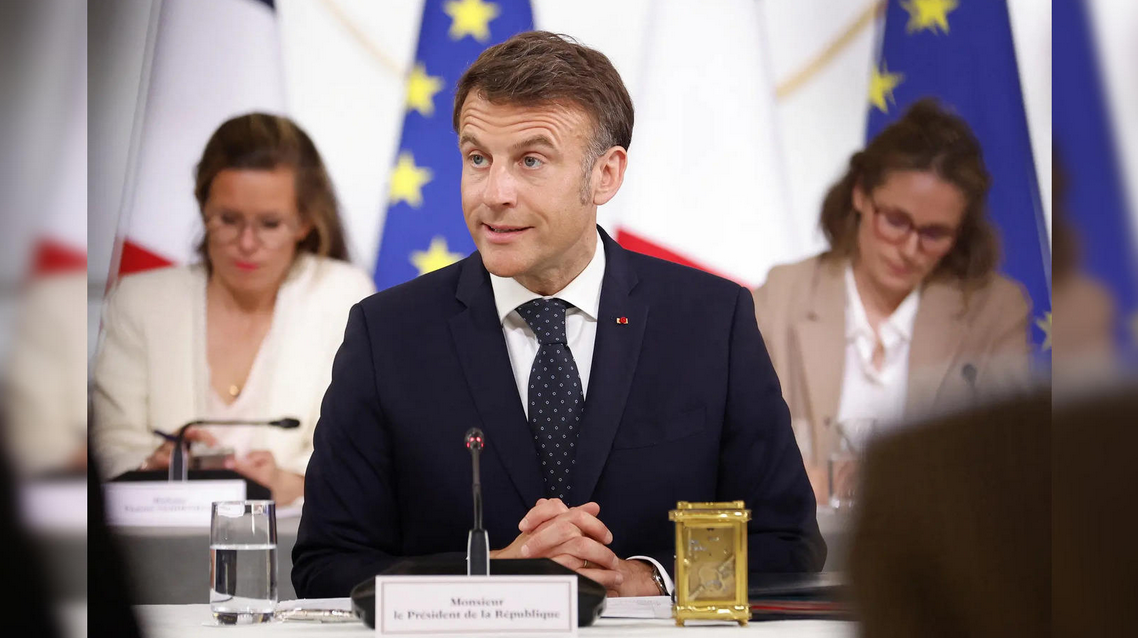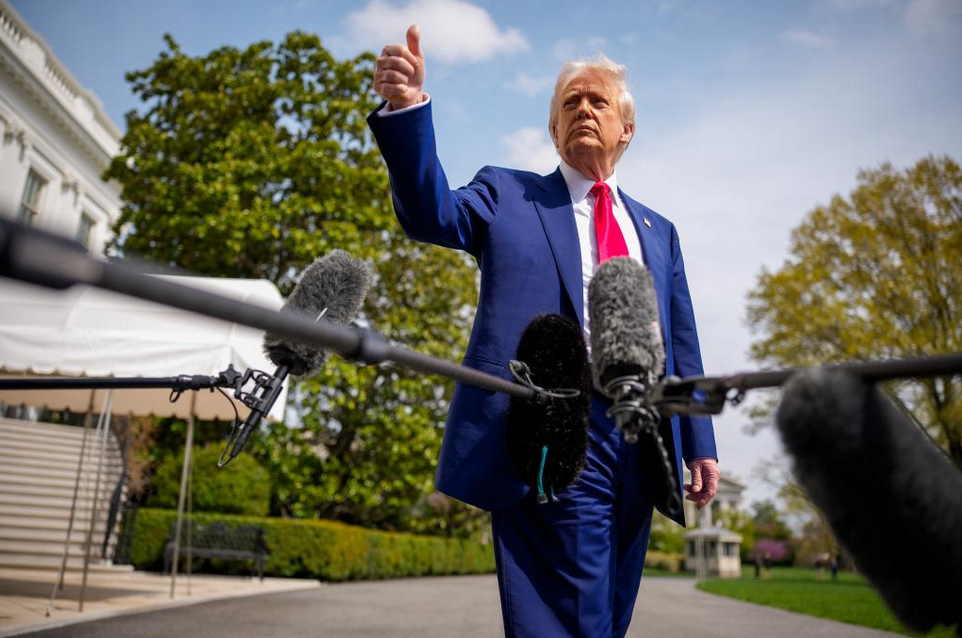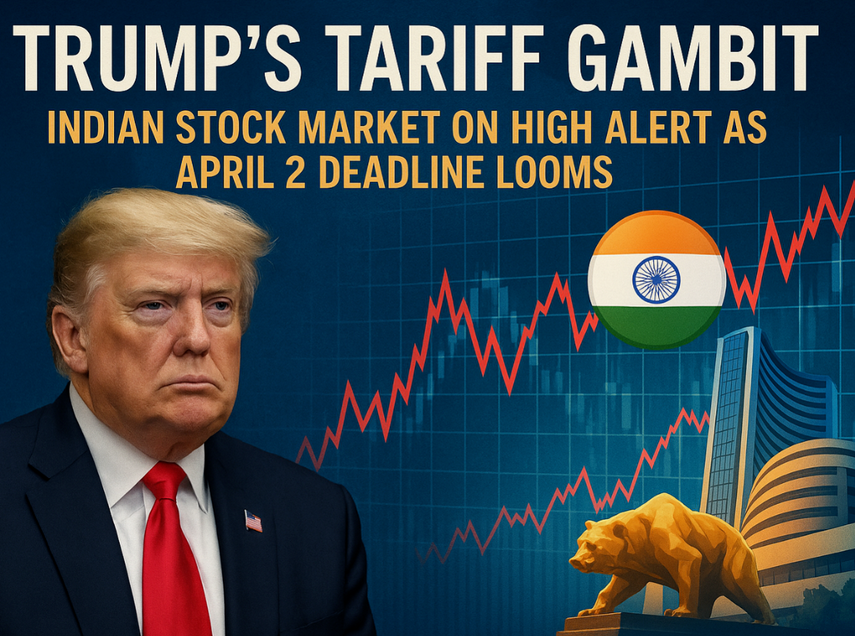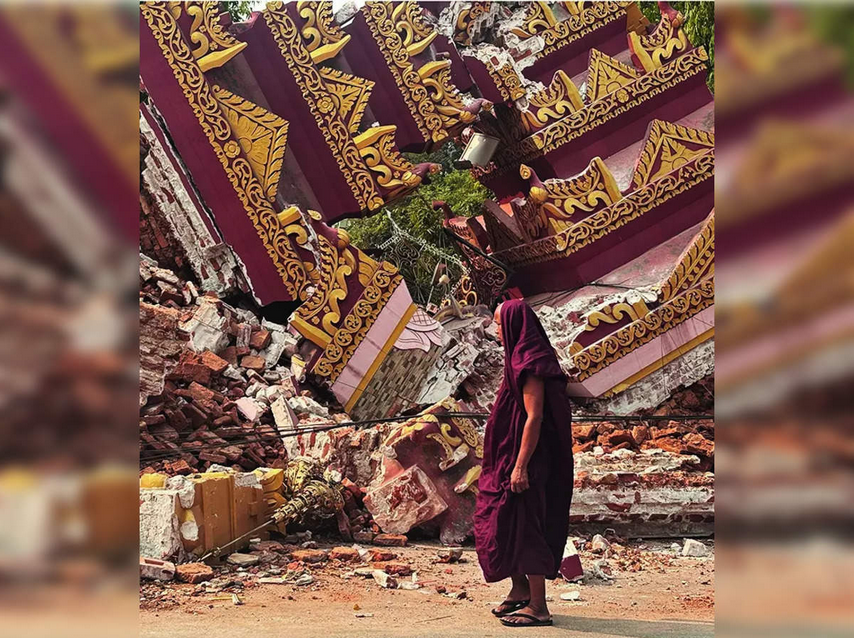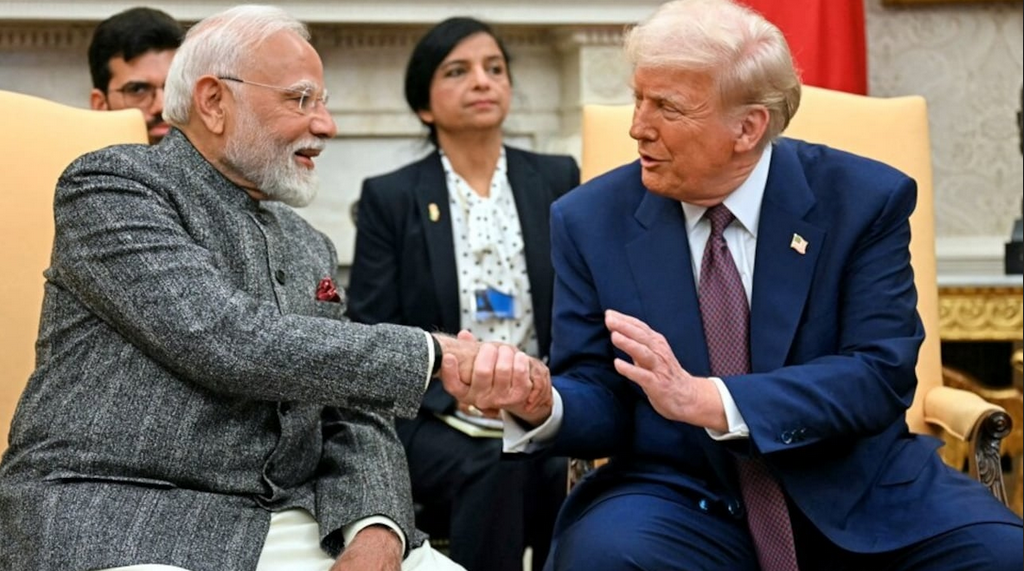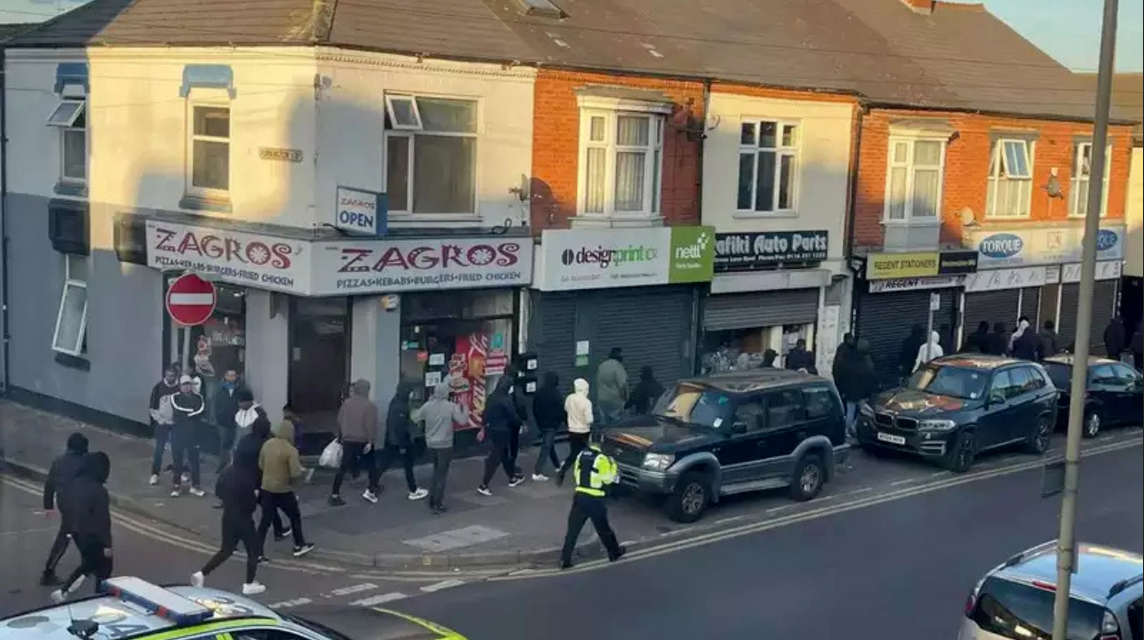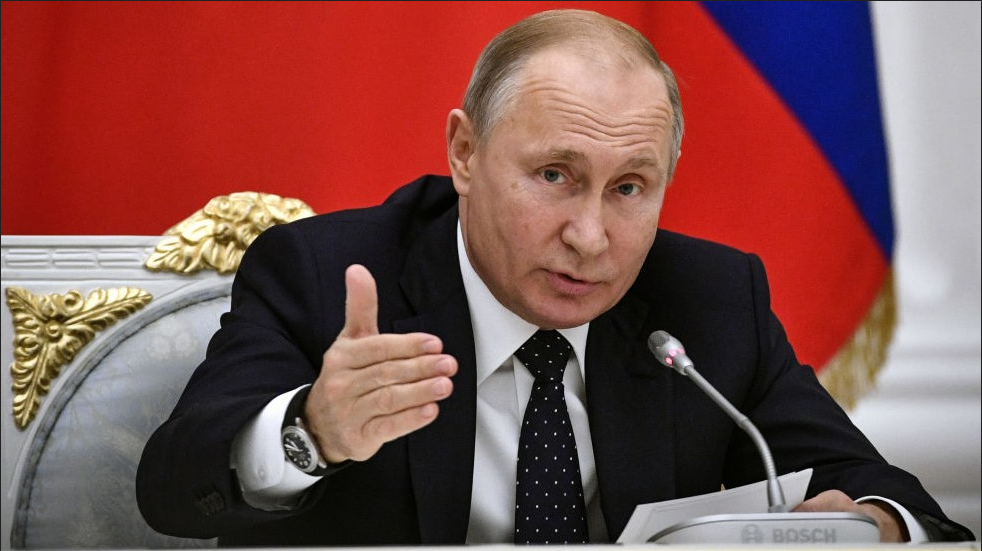Life On The Moon? Scientists Say Microbes May Be Hiding In Dark Regions Due To This Reason
Earth’s nearest neighbour – the Moon – has been considered a barren land devoid of all life, but a new study suggests that might not be the case. In a…
Jurassic World reacts to dire wolf de-extinction with ironic warning: ‘No possible way…’
An American genetic engineering company that has been working to de-extinct ancient species like the woolly mammoth and the dodo bird stunned the world by revealing that they have revived…
Sachin Tendulkar, Virender Sehwag, Sourav Ganguly In MS Dhoni’s Dream Team: ‘There’s Nobody Better’
MS Dhoni Dream Team: MS Dhoni had the privilege of both playing alongside and then captaining some of the legendary cricketers to have represented India. Sachin Tendulkar, Rahul Dravid, Sourav…
Pakistan penalised for slow over-rate for fourth time in five ODIs
Pakistan have been fined for maintaining a slow over-rate for a third game in a row after they were found to be one over short in the third ODI against…
Jasprit Bumrah returns with a controlled spell, Jayawardene pleased with his fitness, execution
Jasprit Bumrah made a much-anticipated return to competitive cricket, bowling at full intensity and showing no signs of discomfort during the Mumbai Indians’ (MI) 12-run loss to the Royal Challengers…
Australia Star Will Pucovski, Aged 27, Announces Shock Retirement Due To ‘Concussion’ | Cricket News
Former Australia Test opener Will Pucovski has retired from all levels of cricket with immediate effect due to concussion. Pucovski has been forced to retire from professional cricket following a…
Virat Kohli’s in-your-face celebration after Krunal haunts MI in last over; Hardik Pandya, Rohit Sharma sit in agony
Royal Challengers Bengaluru ended a 10-year-long wait on Monday by registering a win over Mumbai Indians at Wankhede Stadium. RCB stood tall in the end after several twists and turns…
Karnataka Home Minister Apologises After Huge Row Over Sex Assault Remarks
Karnataka Home Minister G Parameshwara has tendered his apology after his remark on a sexual assault case in Bengaluru triggered massive public anger. After a video emerged yesterday showing a…
China vows to ‘fight to the end’ against latest Trump tariff threat
China’s government says it will “fight to the end” if the US continues to escalate the trade war, after Donald Trump threatened huge additional tariffs in response to China’s retaliatory…
Israel says troops opened fire out of ‘sense of threat’ as 15 Gaza workers die
The Israeli military said on Monday that an initial investigation into the killing of 15 emergency workers in south Gaza last month showed that the incident occurred “due to a…
 Life On The Moon? Scientists Say Microbes May Be Hiding In Dark Regions Due To This Reason
Life On The Moon? Scientists Say Microbes May Be Hiding In Dark Regions Due To This Reason Jurassic World reacts to dire wolf de-extinction with ironic warning: ‘No possible way…’
Jurassic World reacts to dire wolf de-extinction with ironic warning: ‘No possible way…’ Sachin Tendulkar, Virender Sehwag, Sourav Ganguly In MS Dhoni’s Dream Team: ‘There’s Nobody Better’
Sachin Tendulkar, Virender Sehwag, Sourav Ganguly In MS Dhoni’s Dream Team: ‘There’s Nobody Better’ Pakistan penalised for slow over-rate for fourth time in five ODIs
Pakistan penalised for slow over-rate for fourth time in five ODIs Jasprit Bumrah returns with a controlled spell, Jayawardene pleased with his fitness, execution
Jasprit Bumrah returns with a controlled spell, Jayawardene pleased with his fitness, execution Australia Star Will Pucovski, Aged 27, Announces Shock Retirement Due To ‘Concussion’ | Cricket News
Australia Star Will Pucovski, Aged 27, Announces Shock Retirement Due To ‘Concussion’ | Cricket News Virat Kohli’s in-your-face celebration after Krunal haunts MI in last over; Hardik Pandya, Rohit Sharma sit in agony
Virat Kohli’s in-your-face celebration after Krunal haunts MI in last over; Hardik Pandya, Rohit Sharma sit in agony Karnataka Home Minister Apologises After Huge Row Over Sex Assault Remarks
Karnataka Home Minister Apologises After Huge Row Over Sex Assault Remarks China vows to ‘fight to the end’ against latest Trump tariff threat
China vows to ‘fight to the end’ against latest Trump tariff threat Israel says troops opened fire out of ‘sense of threat’ as 15 Gaza workers die
Israel says troops opened fire out of ‘sense of threat’ as 15 Gaza workers die




